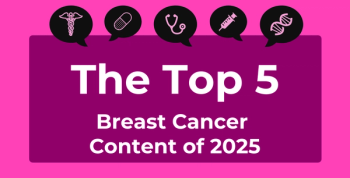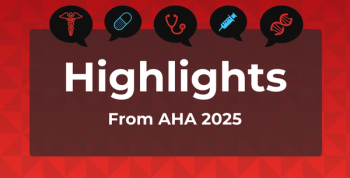
November Brings American Diabetes Month
The annual campaign from the American Diabetes Association raises awareness of the public health crisis that is diabetes and the people living with the disease.
Each November brings American Diabetes Month, which the American Diabetes Association (ADA) and other major education and advocacy groups mark to bring awareness to the disease and the more than 29 million Americans living with it.
The theme for ADA’s 2016 campaign: This Is Diabetes. According to the organization, this will provide opportunities to share real-life stories of living with the disease, as well as the efforts of caregivers and loved ones, “to raise awareness and to create a sense of urgency about this growing public health crisis.”
Persons living with the disease are encouraged to share stories with #ThisIsDiabetes throughout the month. ADA posted a
According to the CDC, diabetes was the 7th leading cause of death in the United States in 2013, and may be underreported. The CDC’s
Risk factors for developing diabetes include being overweight, over 45 years old, active less than 3 times per week, and having a family history of type 2 diabetes. Women who give birth to a baby weighing more than 9 pounds are also at risk.
Medicare is taking steps to reduce the chances that people over 65 develop the disease. It has proposed funding the National Diabetes Prevention Program; current plans call for the beneficiaries to be able to enroll in the program starting in January 2018.
Newsletter
Stay ahead of policy, cost, and value—subscribe to AJMC for expert insights at the intersection of clinical care and health economics.









































